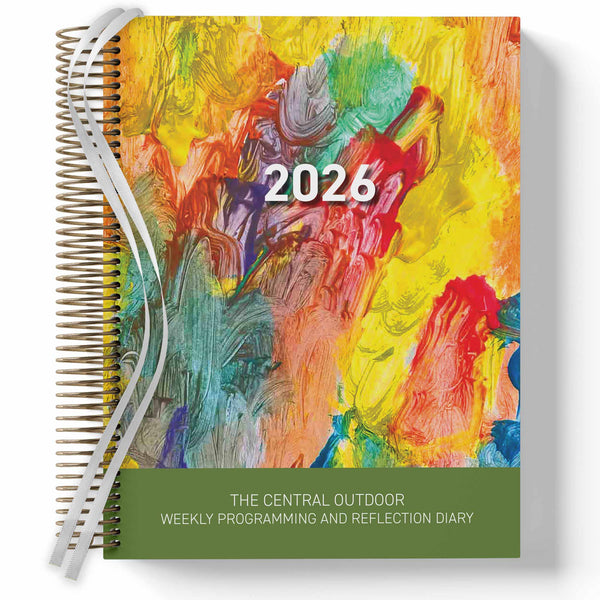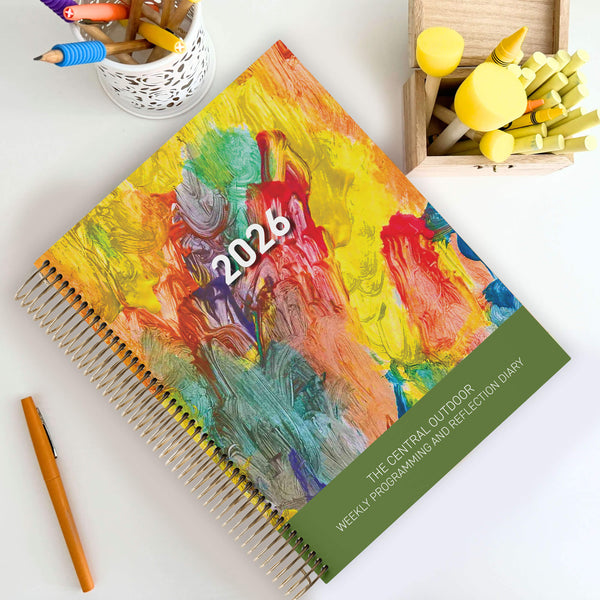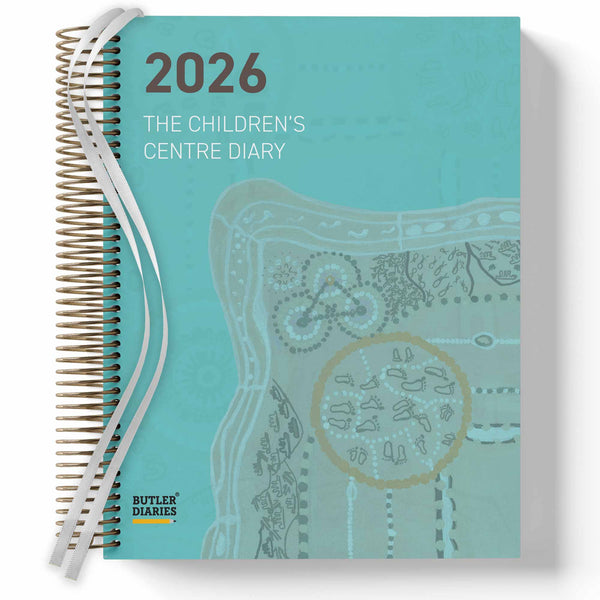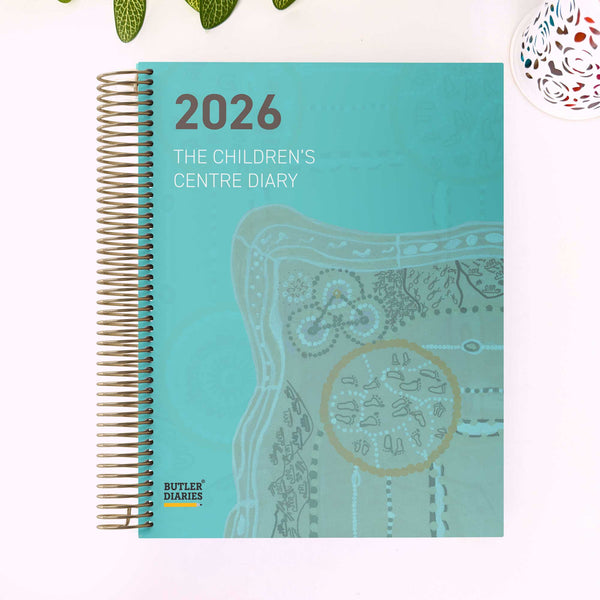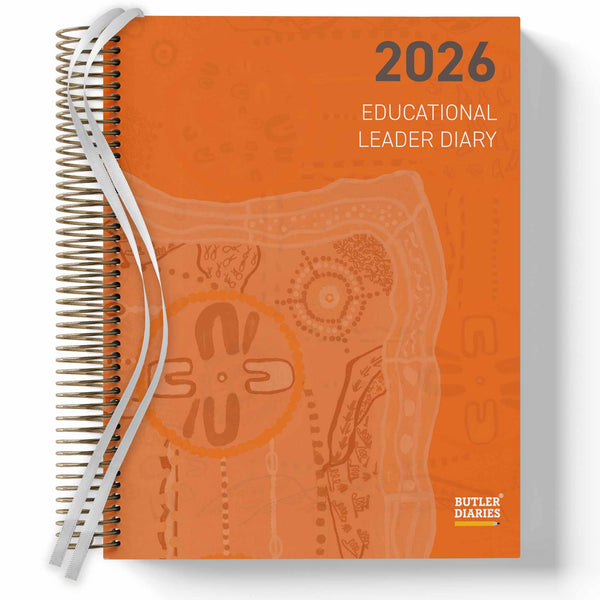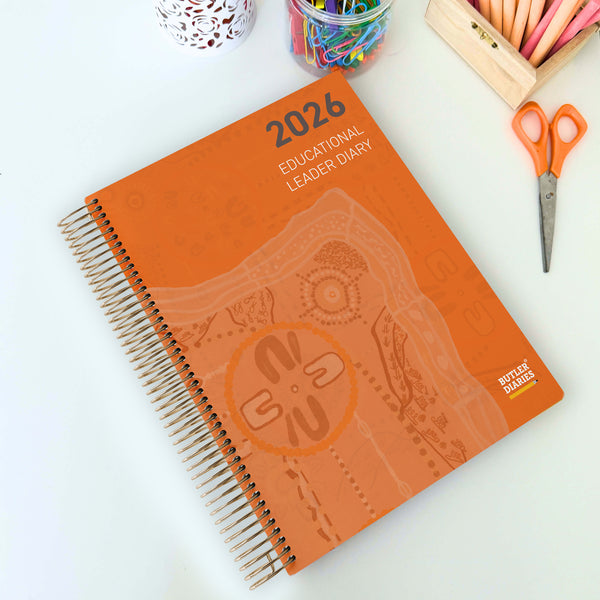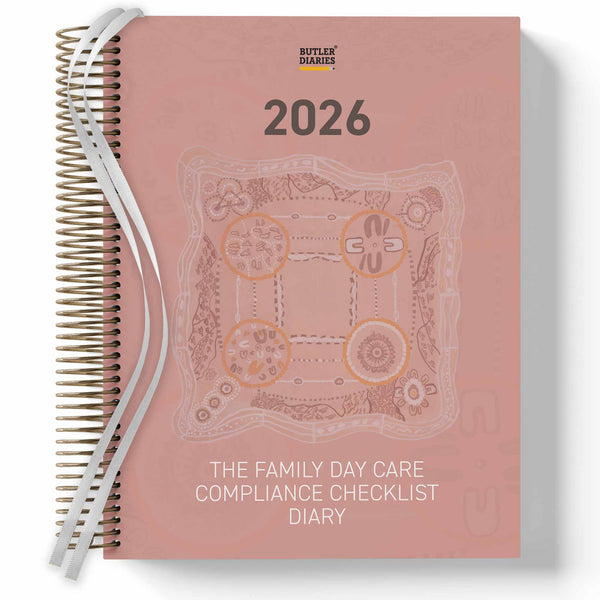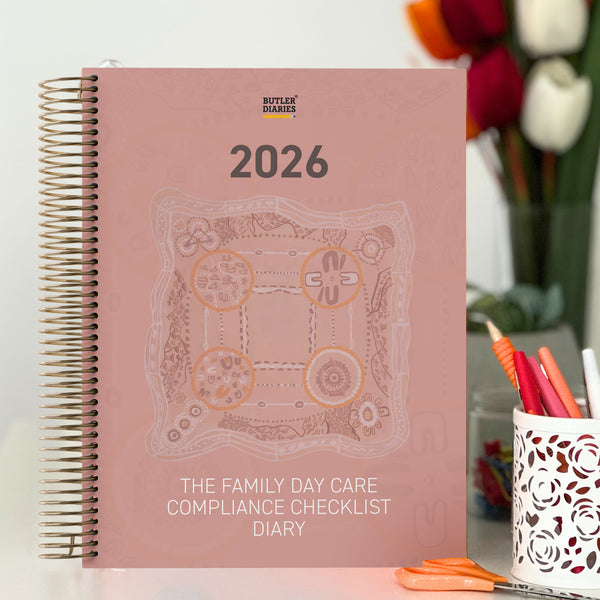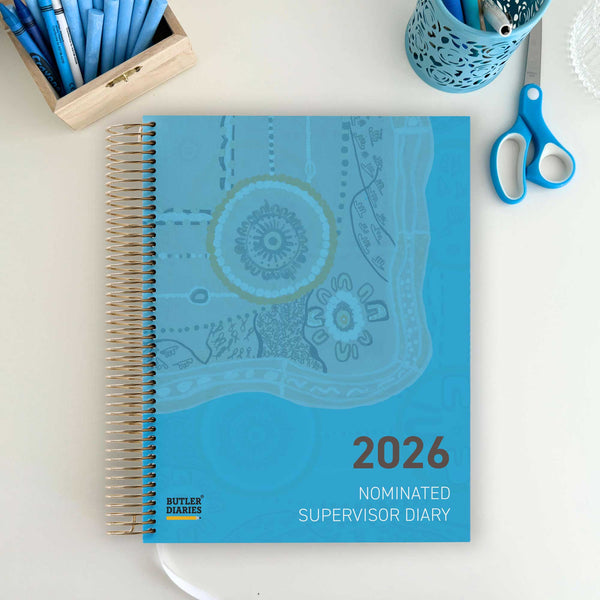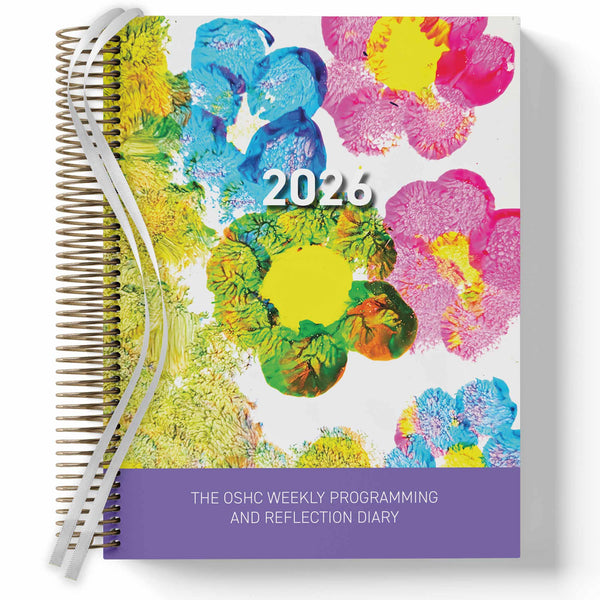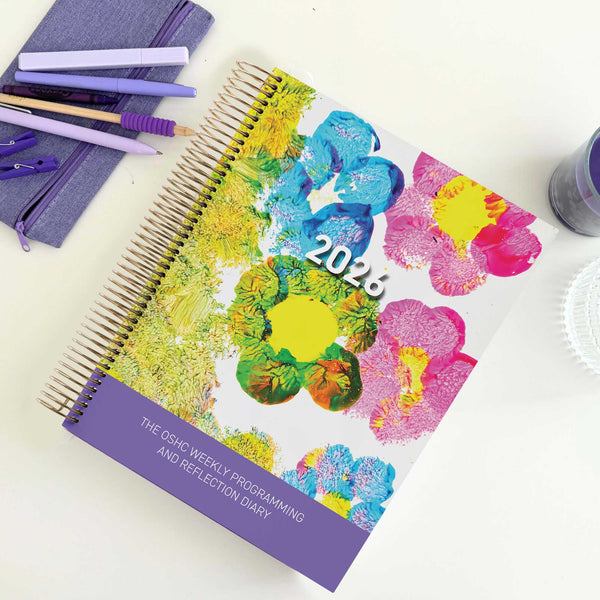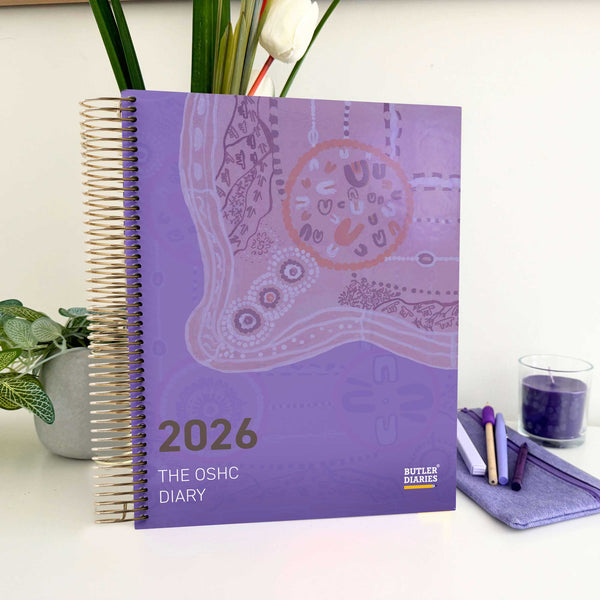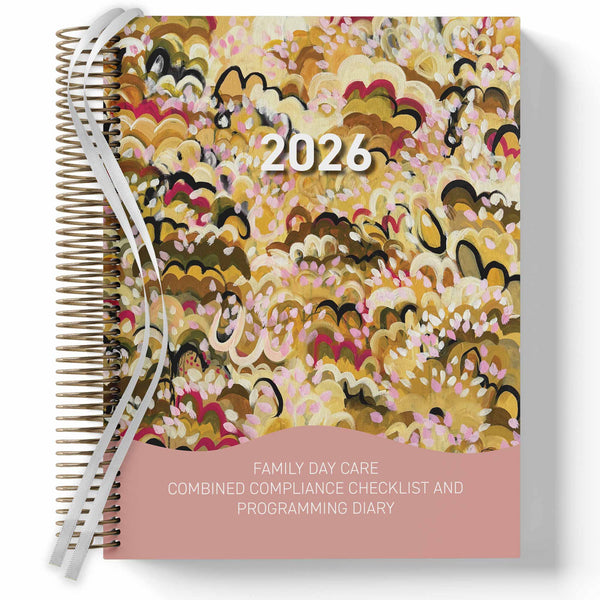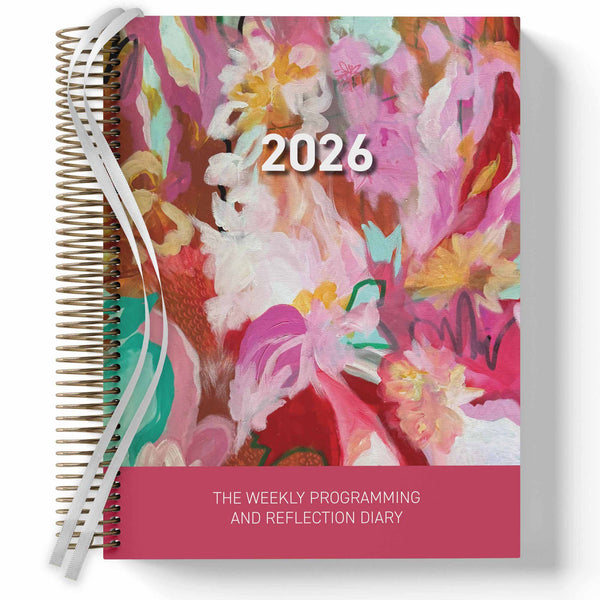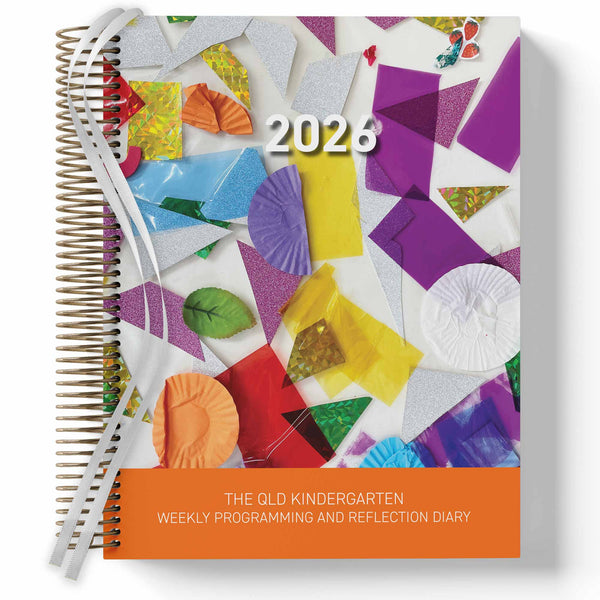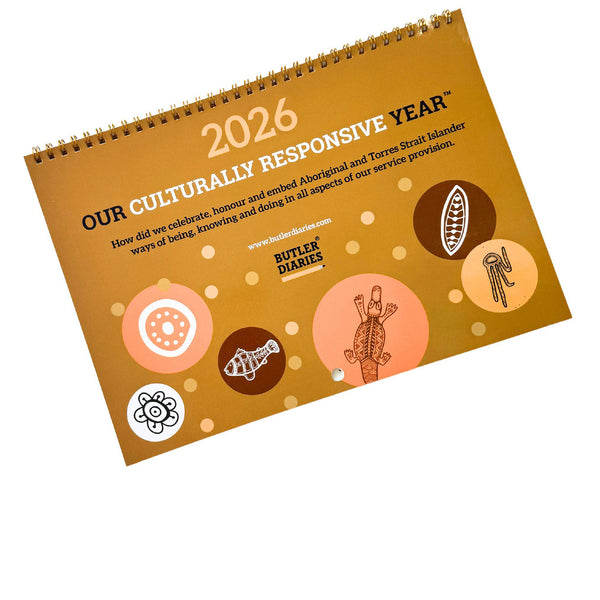Just when you think you are getting your head around the legislation and NQS, in comes a new set of changes! (But more about that in later article)
There’s an old saying “the only person that likes change is a wet baby”. As people working with children on a regular basis, we can probably relate to the sentiment. Regardless of whether you’re meeting the needs of compliance or you’re looking to incorporate new things into your workplace experience, change can seem like a daunting task. But change in the workplace doesn’t have to be stressful.
Here are 3 simple tips to follow to help manage change in a positive and proactive way
Greet change as a marathon, not a sprint
All strong, long lasting change takes time to develop. So why then do so many people place pressure on themselves to change absolutely everything immediately?
Educators have extremely busy lives. It’s important to reflect this fact when you plan changes to what they are used to. You need to allow time for people to ask questions, adjust and get used to the idea of change.
Some things that may impact the speed of your changes include:
- Relying on suppliers and external networks
- How long it takes to get everyone involved up to speed
- Giving enough time for communication to occur
- Allowing for feedback on the changes if applicable
- Incorporating feedback into your plans
- Other impacts such as public holidays, funding and so on
No matter the scale of the change involved, you can always take the approach of a marathon rather than a sprint.
Planning is key
All long-lasting change starts with a plan. It doesn’t have to be a big involved document or a set of huge undertakings. But having a list of what you need to do and some kind of priority behind it helps.
First of all, look at what you want to achieve. Write out a list of the things you need to do starting with an action word at the beginning of each point.
Next, you need to work out your priorities. It’s time to give the each item on your TO DO list a priority. One really helpful scale is MoSCoW.
MoSCoW stands for Must, Should, Could and Would (but probably won’t).
When using MoSCoW as your guide, judge things based on importance and the order things need to be completed in to facilitate other changes.
For example, a Must might be a starting block that the majority of change is tied to and without it, moving forward isn’t possible.
Should may an impact like communicating changes to people. It may influence them and it should happen to lessen their stress and yours.
Could is something that’d be a nice to have, but not essential.
Would are those wonderful ideas that capture our imagination that we like to keep on our TO DO list but that ultimately won’t happen due to time constraints, budget or resource restrictions.
For a very simplified example, imagine if you were going to open a new room:
|
Item |
M |
S |
C |
W |
Date |
|
Write the email to inform parents of a new room |
|
X |
|
|
|
|
Order new sign |
|
|
|
X |
|
|
Hold launch party |
|
|
X |
|
|
|
Apply for extra insurance |
X |
|
|
|
|
The extra insurance would be the first part of the puzzle you’d need solved before you progress, so it is of the highest priority. Without that insurance, your new activity won’t work. Telling the parents once you have that sorted and have started planning helps make the class a success. The other elements are great for marketing, but they won’t stop you opening the room.
This is one example of how to plan changes that is tried and tested in the software development and events worlds. There are a few other methods you can apply.
Make sure you communicate well and often
Change can bring a small amount of resistance and worry. So it’s important to communicate with your interested parties well and often. That way, you won’t have people trying to fill in the blanks and making guesses. You also have the opportunity to excite people about the changes and get involved.
A couple of things you need to consider when communicating changes are:
- Why is this information important? Ask yourself why people will care about the information you are trying to share. Look for motivations and reasons. Do people need to change the way they do something? Are you looking to allay fears? Are you asking for ideas and feedback? Knowing the why helps keep your communication on point and streamlined.
- Who needs the information? Defining the various audiences for information related to change is important. Think about the stakeholders you might have and the various customers and what level of info is necessary
- What are the best ways to deliver the information? In a world of emails, social media, text messages, newsletters, notes to home, blogs, podcasts, video, events and more, it’s important to pick the right distribution channel
- How will you know the message is getting through? What sorts of checks need to be in place to ensure what you communicate reaches the audience?
- When does it need to be delivered and is it a one off process? Pick your dates and chart out the steps where communication is vital. Don’t forget to place reminders about the changes in as part of the planning.
- Good clear communication that is focused on what people need to hear without overwhelming them in small detail helps make change easier
The final bit of advice? Embrace it
While change may feel like a daunting task, it can be a chance to look at things that no longer serve you and re-create some new, fun ways to tackle your working life.








